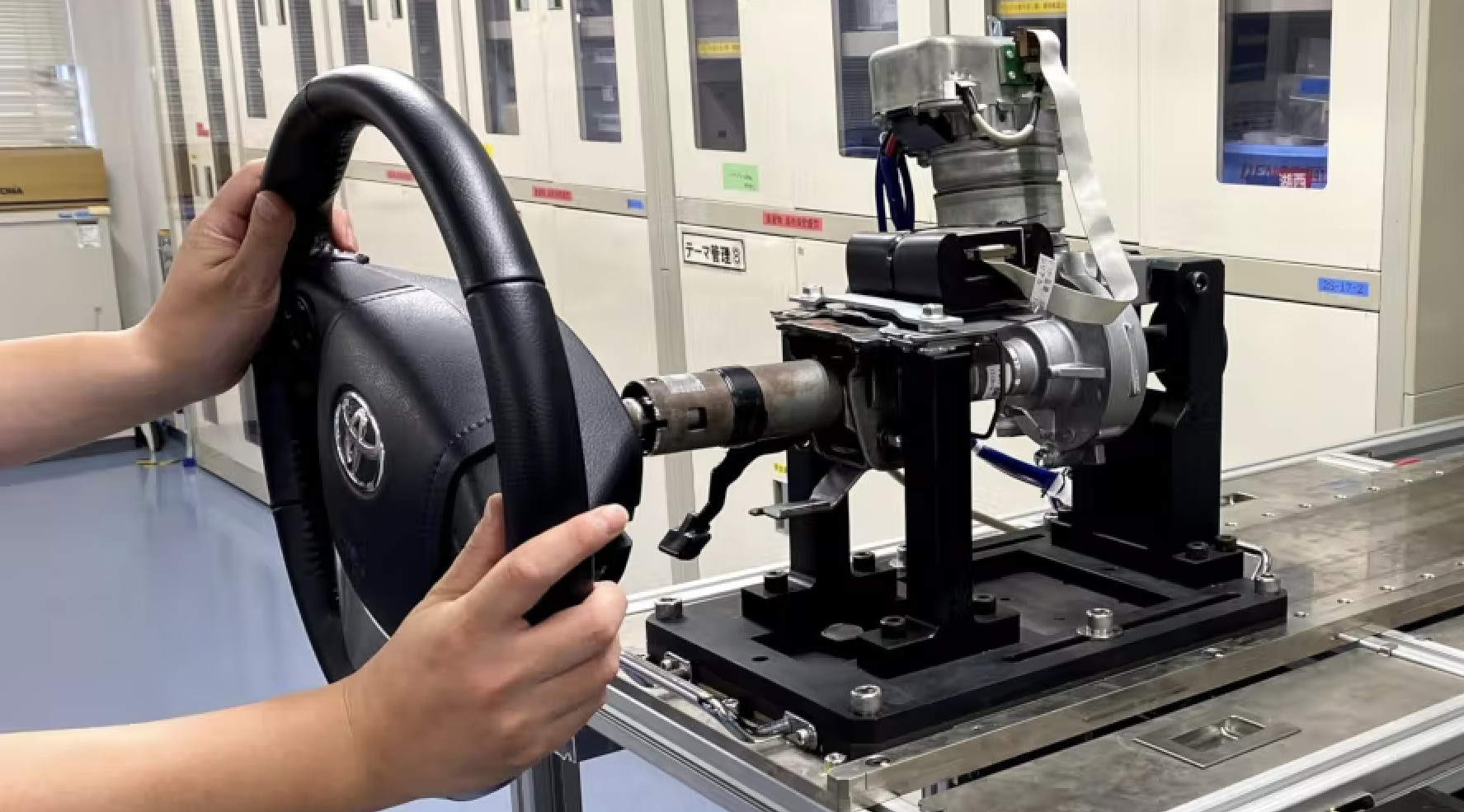
Researchers from EPFL have developed an autonomous vehicle control system that aims to increase efficiency and safety by having the driver and the vehicle work together on steering rather than taking turns. This system was developed in collaboration with the Japanese steering system specialist JTEKT Corporation.
“Current vehicles on the market are either manual or automated, and there is no clear way of making their control a truly shared experience,” lab head Jürg Schiffmann said about the problem his team sought to solve. “This is dangerous, because it tends to lead to driver over-reliance on automation,” he added.
“This research was based on the idea that automation systems should adapt to human drivers, and not vice versa. A vehicle must be open to negotiation with a human driver, just as a horseback rider conveys his or her intention to the horse through the reins,” the first author Tomohiro Nakade, said. “
If there is a fault with the system, the driver must be ready to take over steering control immediately, ideally before the car collides with another object. This is the case with standard autonomous vehicle systems. But it’s not simple. “In automation in general, when humans are just monitoring a system but not actively involved, they lose the ability to react,” explains JTEKT research and development manager Robert Fuchs. “That’s why we wanted to actively improve driver engagement through automation,” he added.
The structure that results is meant to be collaborative, but it doesn’t always work that way. When in operation, it can steer the car much like the existing autonomous vehicle systems, but it also allows for user input, responding to movement of the steering wheel as an additional factor in the direction it should go rather than as a command to turn off the system completely and take sole manual control. The system may also convert from collaborative to competitive operation if it senses a threat, such as an approaching collision.
The collaborative steering system demonstrated “significant potential” to enhance comfort, decrease effort required to operate the vehicle, and increase safety during testing using both simulation and real-world vehicle operation. However, the researchers acknowledge that the proof-of-concept design still needs more fine-tuning and customization to deliver a “comfortable and consistent” feel.
Also Read:
